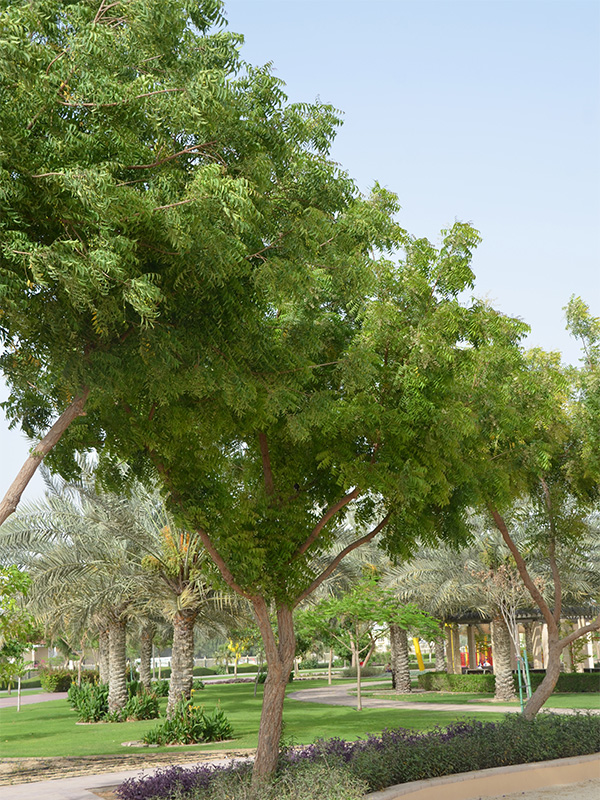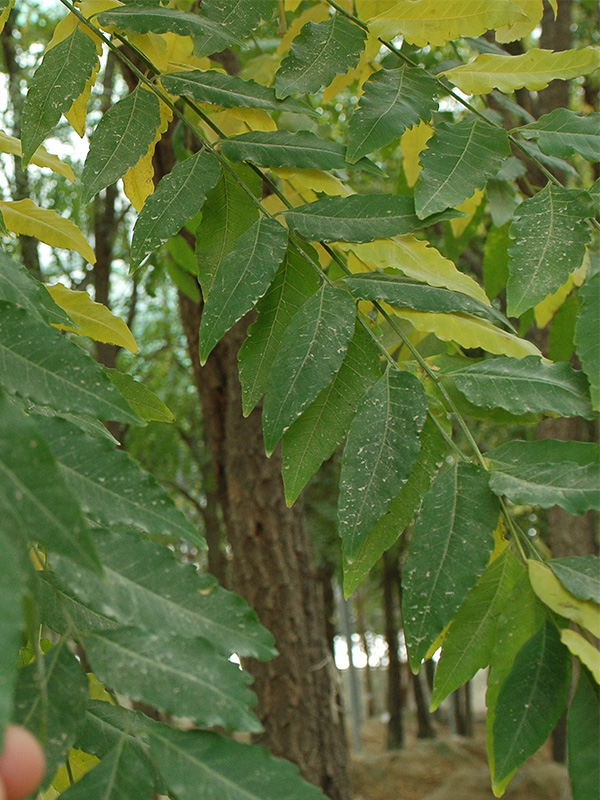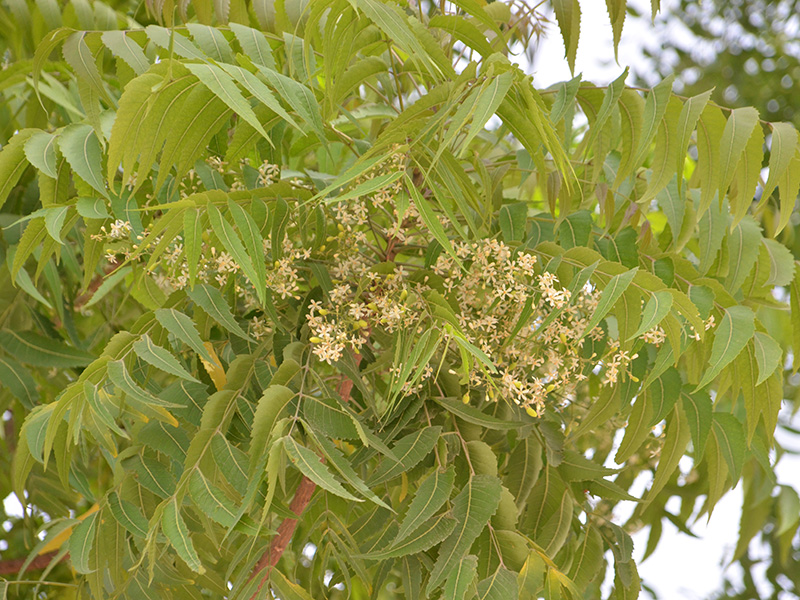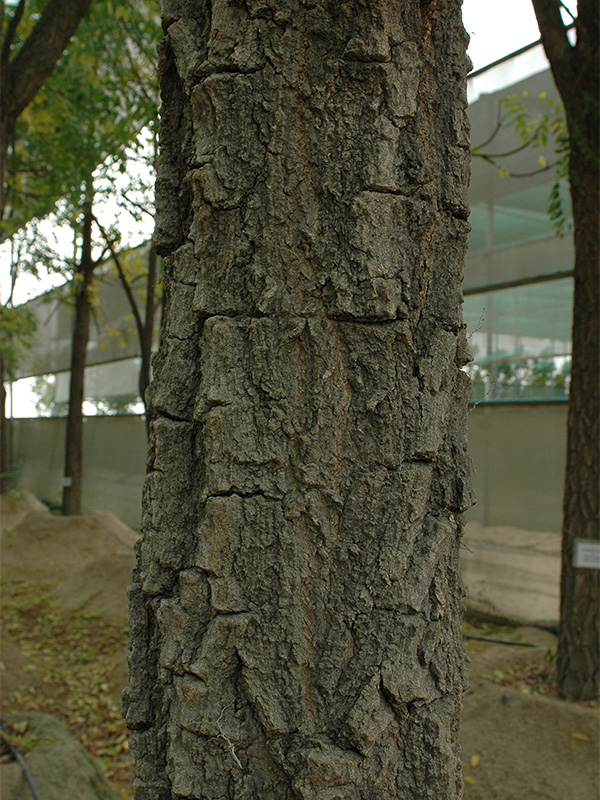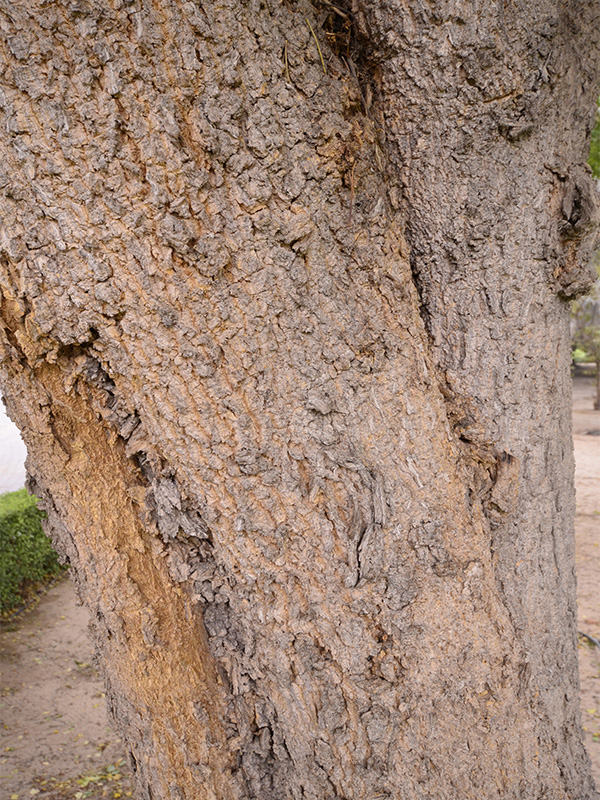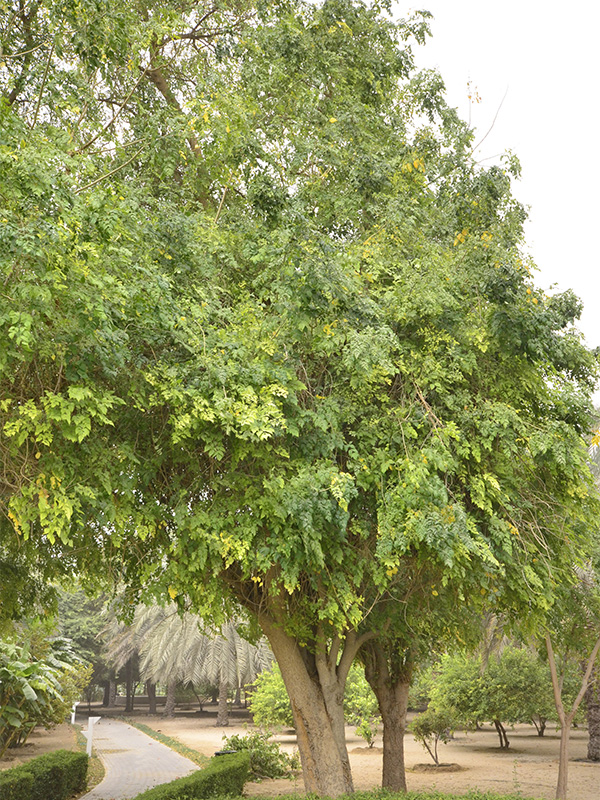| General Description | Neem is a rapidly growing tree that can reach heights of 15 to 20 metres (and occasionally 40 metres) with a crown diameter of up to 20 metres. |
| ID Characteristic | Adult neem trees are resistant to fire. Even though adult neem trees may recover from fire damage, neem saplings should likewise be shielded from fire. |
| Shape | Upright, dense, round and broad. |
| Landscape | Shade planting and container planting. |
| Propagation | Cuttings, root suckers, and seed are the three most practical ways
to reproduce neem trees. Naturally, the seed was spread by birds droppings. It is advised to use the yellow ripe neem seeds to gather viable seed since the viability of neem seed is still quite short. |
| Cultivation | Neem can grow in a variety of soil conditions, such as sandy, rocky,
and extremely dry areas. It has a reputation for thriving in hard, dry, and infertile soils. It may, however, be most suited to sandy, deep soils that are porous. Its deep, wide root system is perhaps an adaption to areas that get dry during certain seasons. Neem cannot withstand soils that are either constantly or seasonally wet (i.e., have poor
drainage), such as low-lying silty clay, saline soils, or locations with
subsurface hard-pan or laterite outcrops. Although it may grow in a pH
range of 5.0 to 8.0, it favours a soil pH of 6.2 to 7.0. |
| Habitat | Tropical and sub-tropical. |
| Bark/Stem Description | The bark of the short, often straight trunk is heavily furrowed and somewhat thick. |
| Leaf Description | The compound (pinnate) leaves are alternating, measuring 20–40 cm in
length, and have 20–30 serrated dark green leaflets that are each roughly 3–8 cm long. Frequently, the terminal pamphlet is missing. The hue of young leaves ranges from reddish to purplish. The length of petioles is 70–90 mm. The bark has deep cracks in it. |
| Flower Description | Cream-coloured, fragrant flowers are grouped in axillary clusters; each
cluster is referred to as an inflorescence. Each inflorescence has 150–250
individual flowers and is 15–25 cm long. Each flower has five petals, ten stamens, one style, and a diameter of around 1 cm. |
| Fruit Description | With one or two ovules per cell, the ovary is a superior, syncarpous, three-celled organ. The fruit is a glabrous, olive-like drupe with a diameter of 1-3 cm that can be roundish or elongated oval in shape. When ripe, it has a yellow colour and consists of a pleasant pulp that encases one seed, sometimes two or three. |
| Colour Description | The leaves are a medium to dark green. The flowers are white. |
| Texture Description | The seeds are smooth in texture. |
